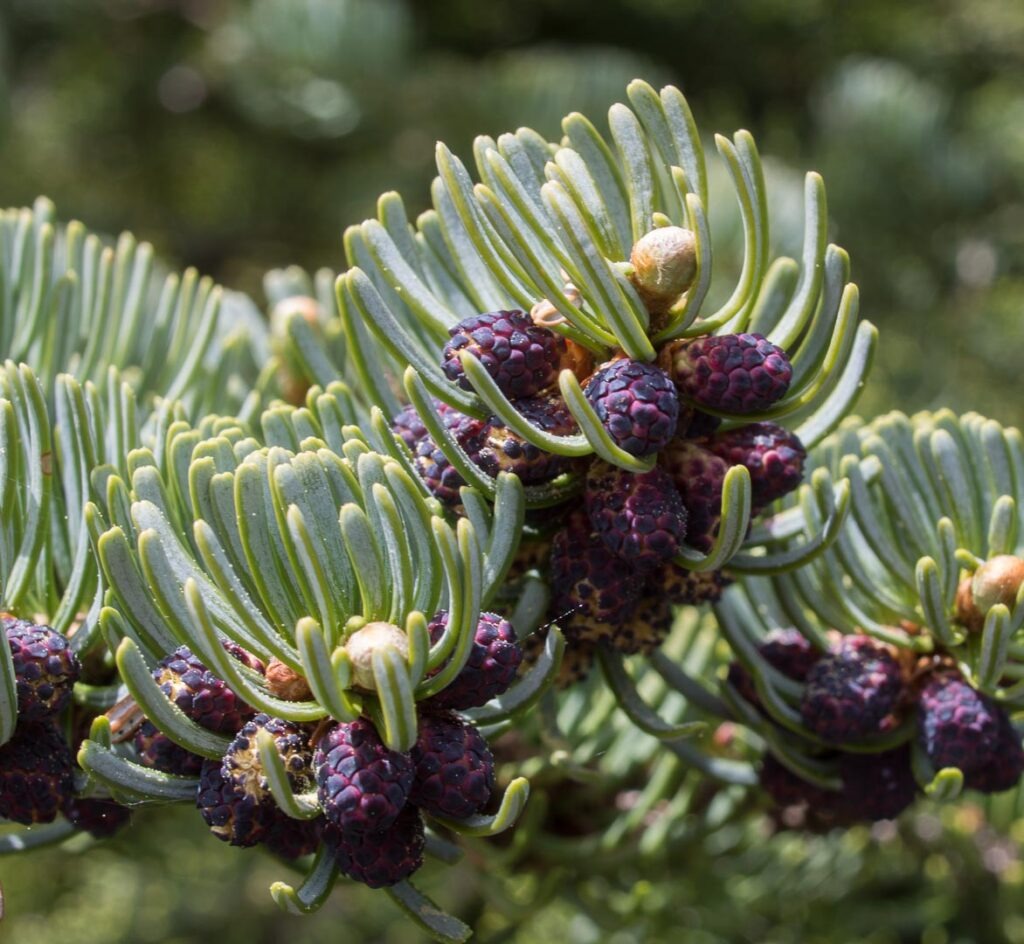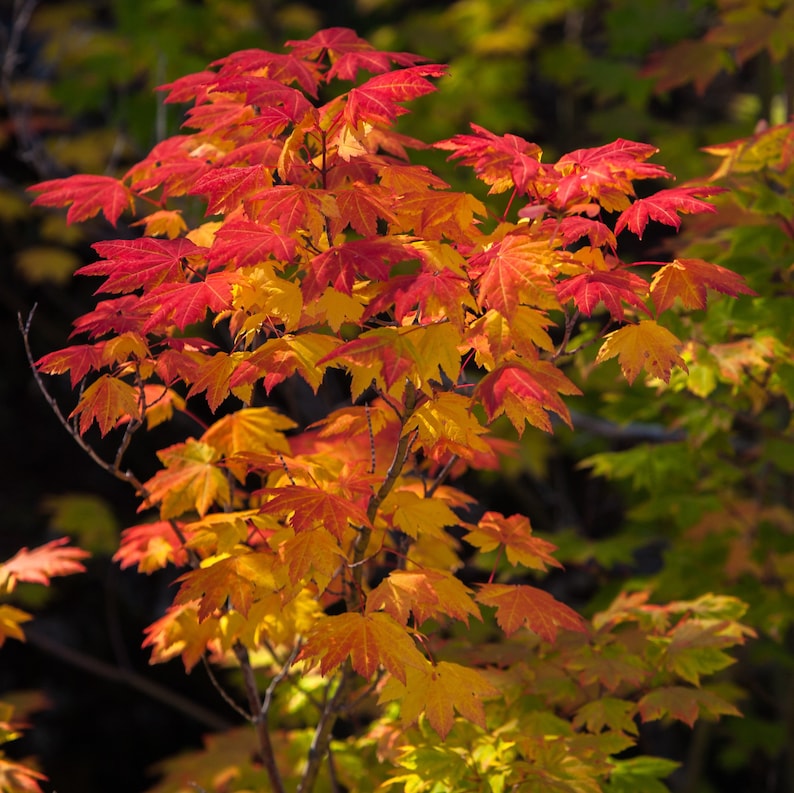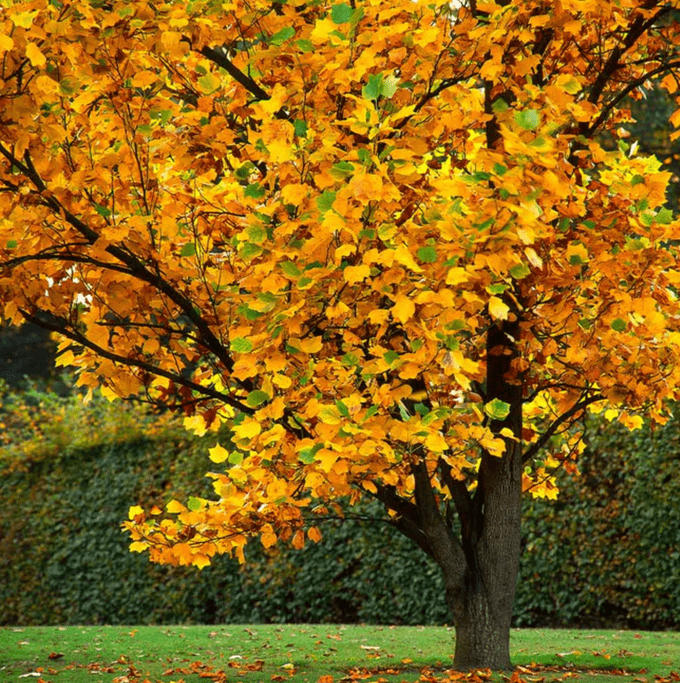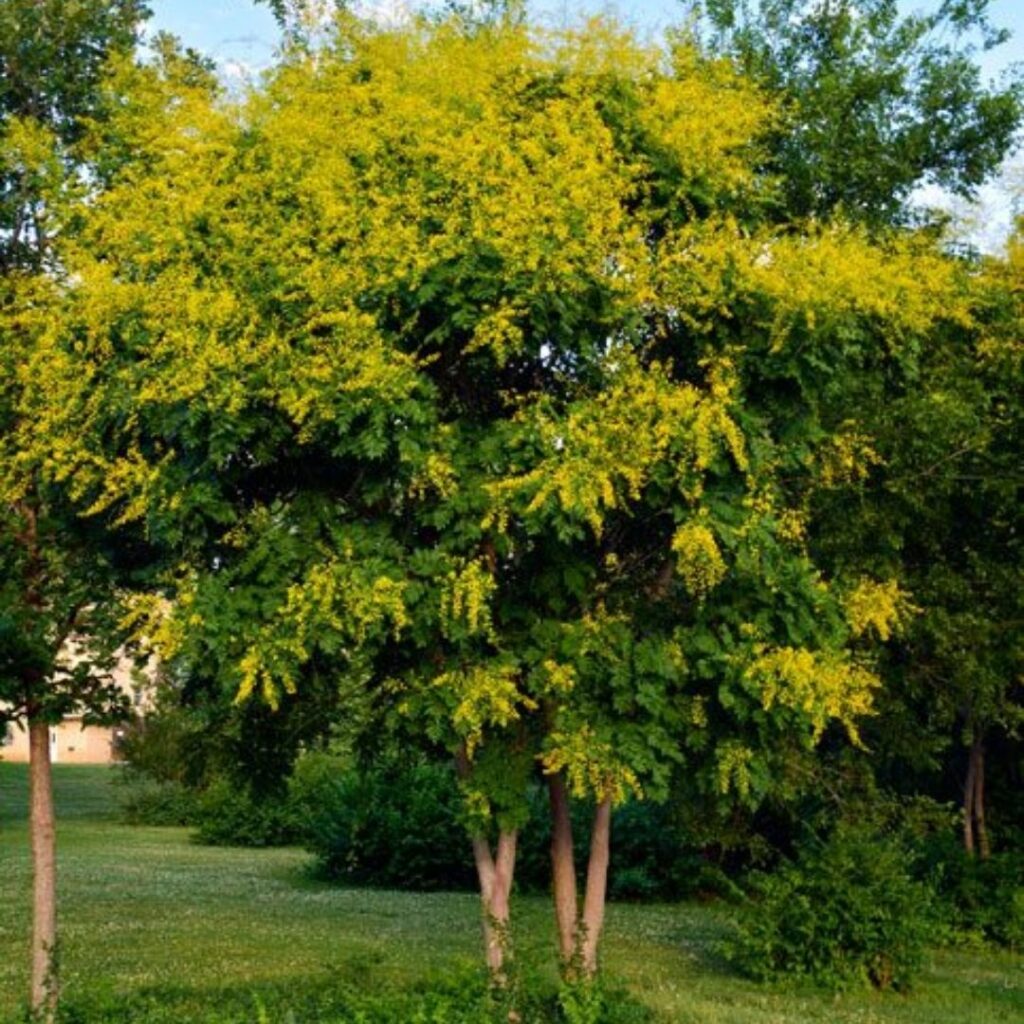Abies, lasiocarpa
Abies lasiocarpa, pronounced “A-beez lah-see-oh-KAR-puh,” the subapline fir is perfect evergreen for our area as it is a high elevation tree. They can take the cold, dry air above and rocky soil below. For those of you who struggle to find plants that will thrive in a shady garden, these conifers are the perfect understory tree, growing underneath larger evergreens. The subalpine fir planted in your garden will likely only grow to about 40 feet or smaller. With pretty, greyish blue/green needles, and groovy purple cones, you will definitely add some uniqueness to your garden.

The subalpine firs that we carry are native dug, right here near Diamond lake, also known as Oregon’s Gem of the Cascades. Just north of Crater Lake, Diamond Lake is a must see Oregon destination. If you like waking up in the alpine woods and looking out over the lake as you sip your morning coffee, then take advantage of the many campsites around the lake. It has a unique, and at one time, unfortunate history of fishing. The Department of Fish and Wildlife tackled the introduction of a very destructive invasive species, the “Tui Chub” by poisoning the lake with pesticides. They were forced to close the lake completely for a while to allow time for treatment to be successful. Thankfully, just one year later, they were able to open and restock the lake with rainbow trout. Over the years since, that population, and others, have continued to grow and thrive, making it an exciting destination for fishing enthusiasts.
So, if you want to bring the feel of the mountains to your home garden, start by taking home a subalpine fir. You don’t need to over amend the soil when you plant these locals. It is always recommended to add some Soil Building Conditioner, equal to about 1/3 of the total fill material. Since the roots have recently been cut to be wrapped in burlap and dropped off at the nursery, you don’t want to overly disturb the root ball. The best practice is to dig your hole, add some SBC to the dirt you just dug up and mix together. Then, gently place the fir (with the burlap in tact) into that hole and cut the twine free from the root ball. Remove as much of the twine as possible, but leave the burlap in the hole. The roots being contained will help the tree with stability until the tap root begins to grow directly through the burlap sack. Some gardeners like to cut an X into the bottom of the burlap, which is fine too, as long as you are careful not to cut into to the roots.
Superthrive is a wonderful liquid vitamin solution that newly planted plants really benefit from. It is just B1, sourced primarily from kelp, so you can’t overdo the supplement. Adding a tablespoon to a gallon of water once a week for 6 weeks after planting your tree will help ensure the success of your transplanting.



